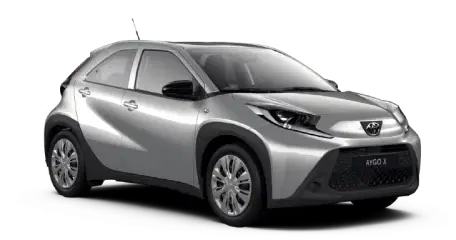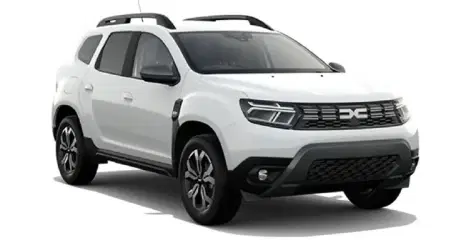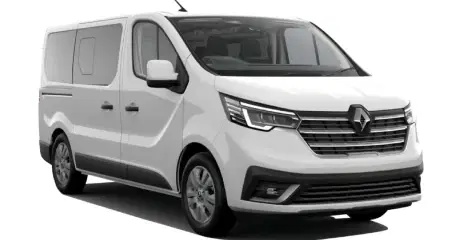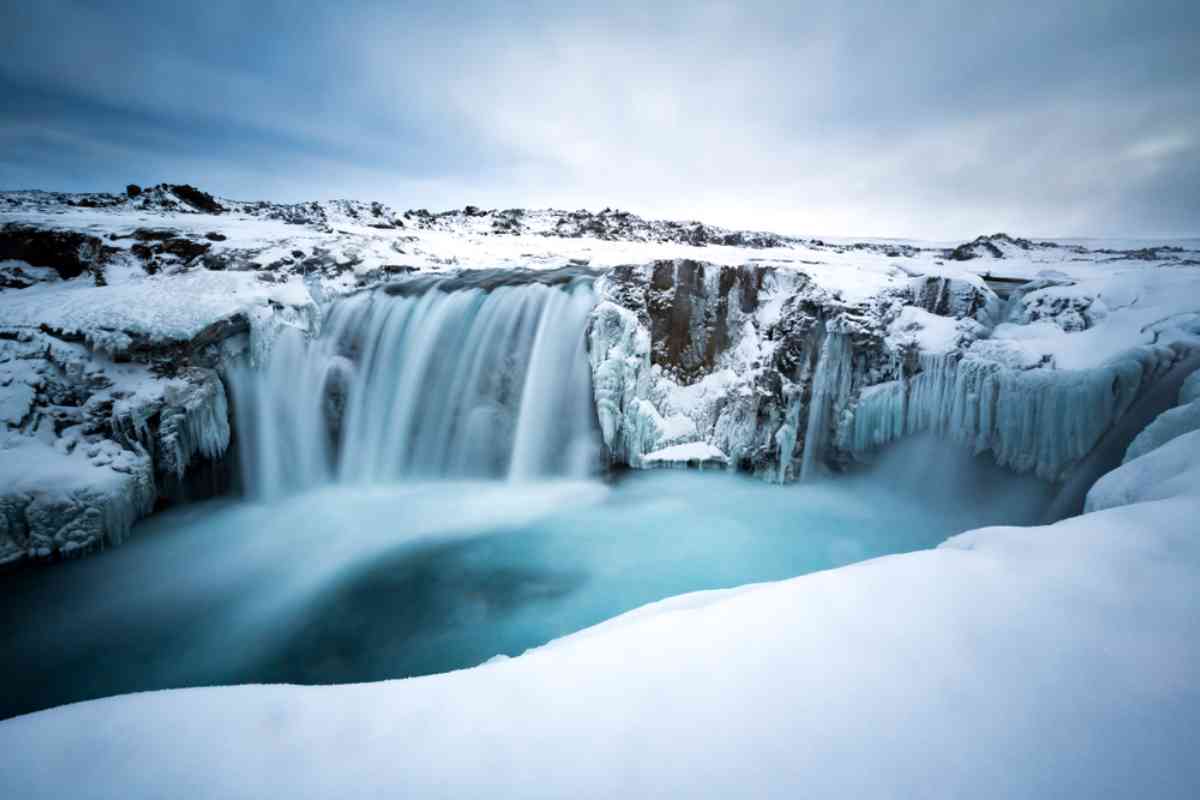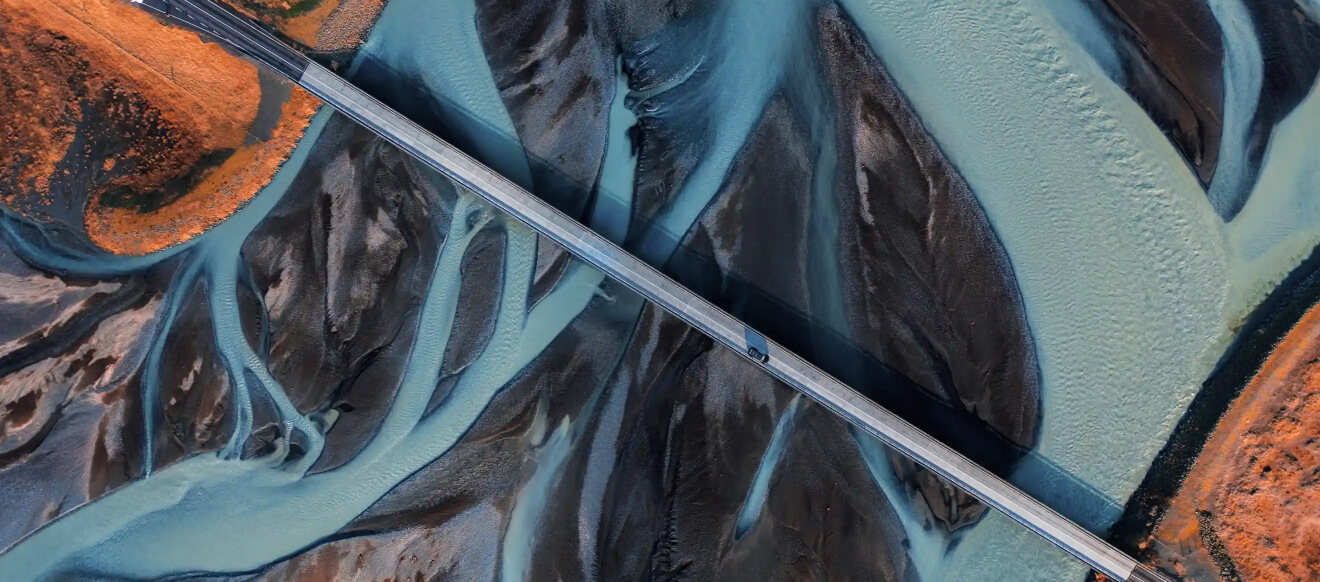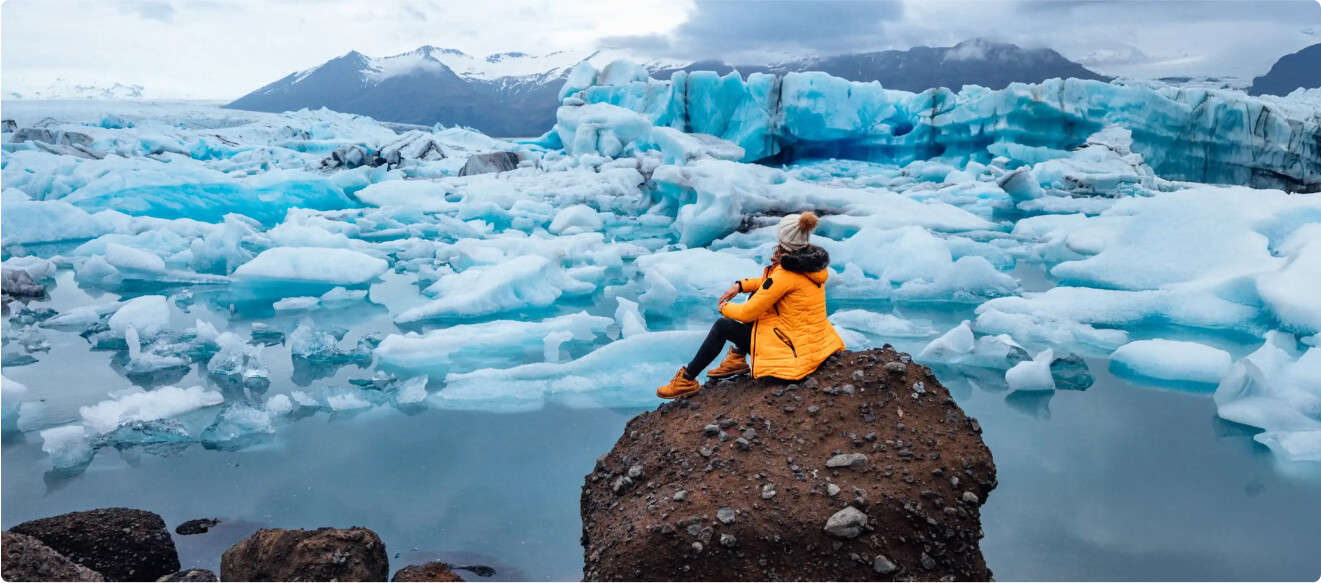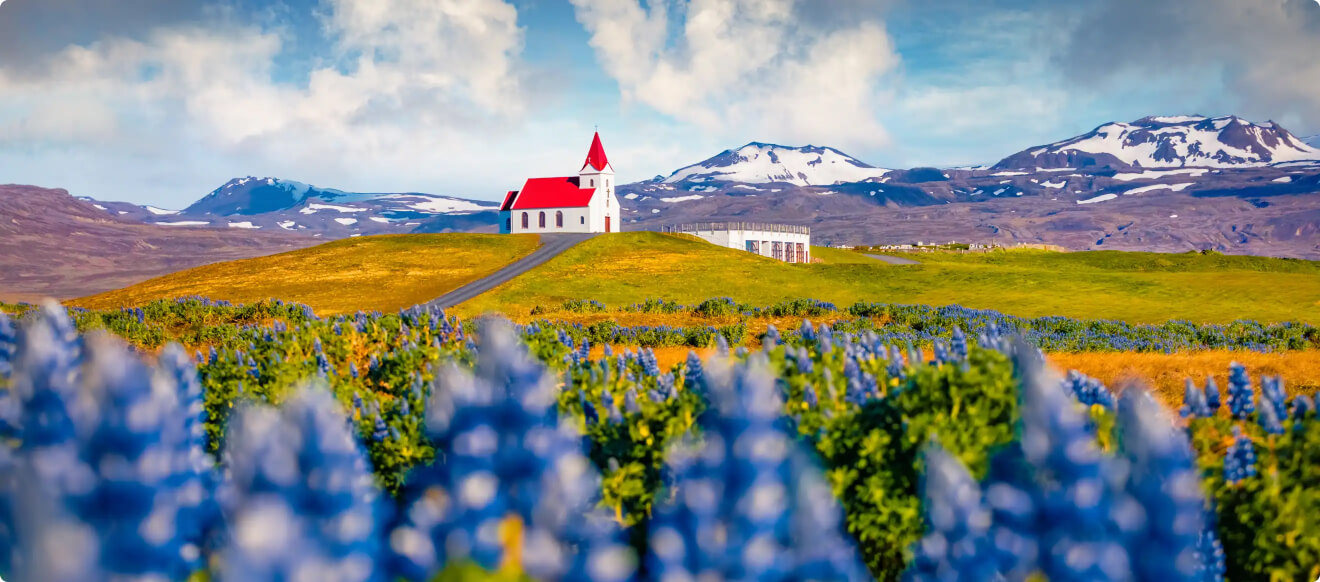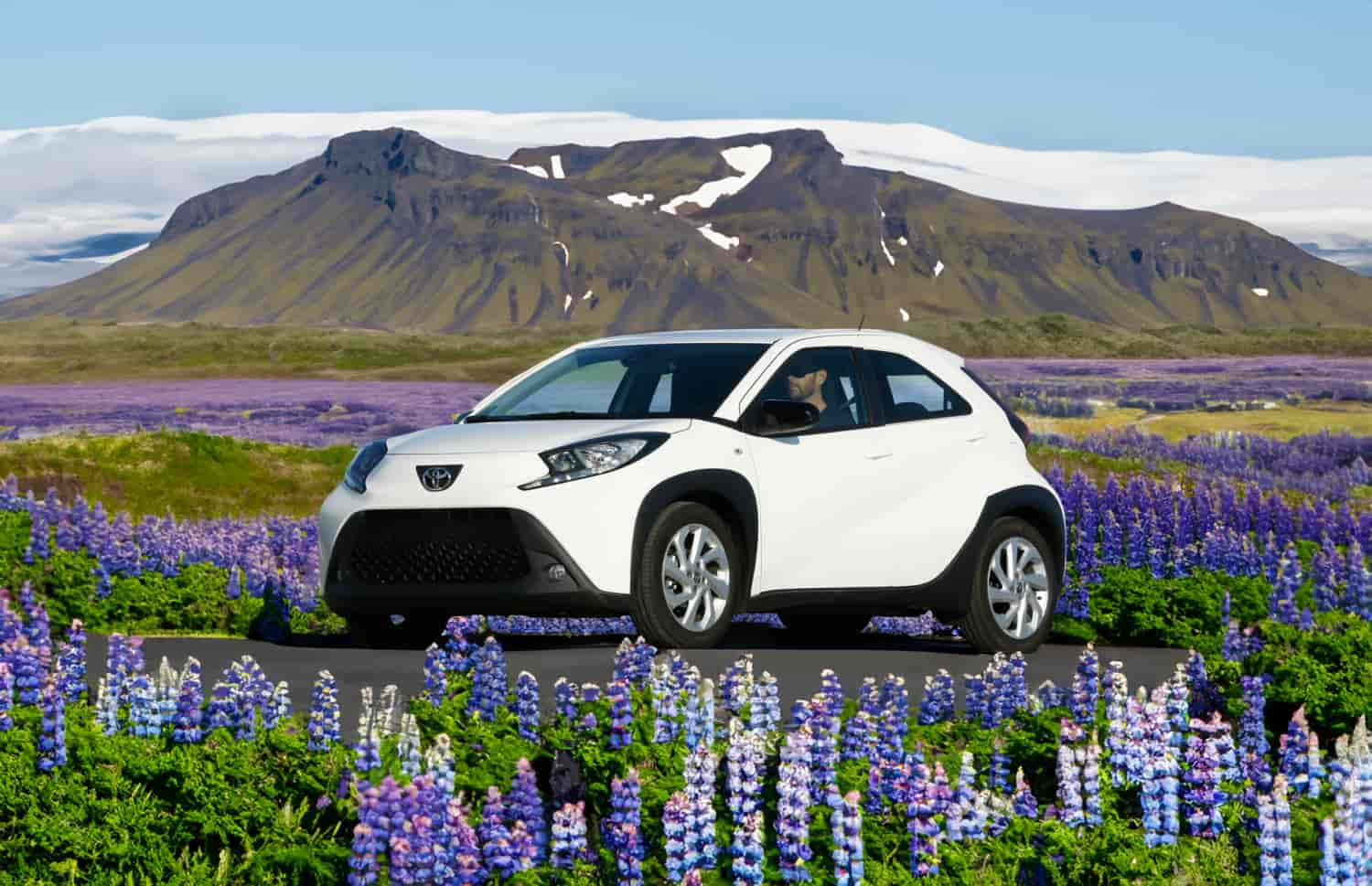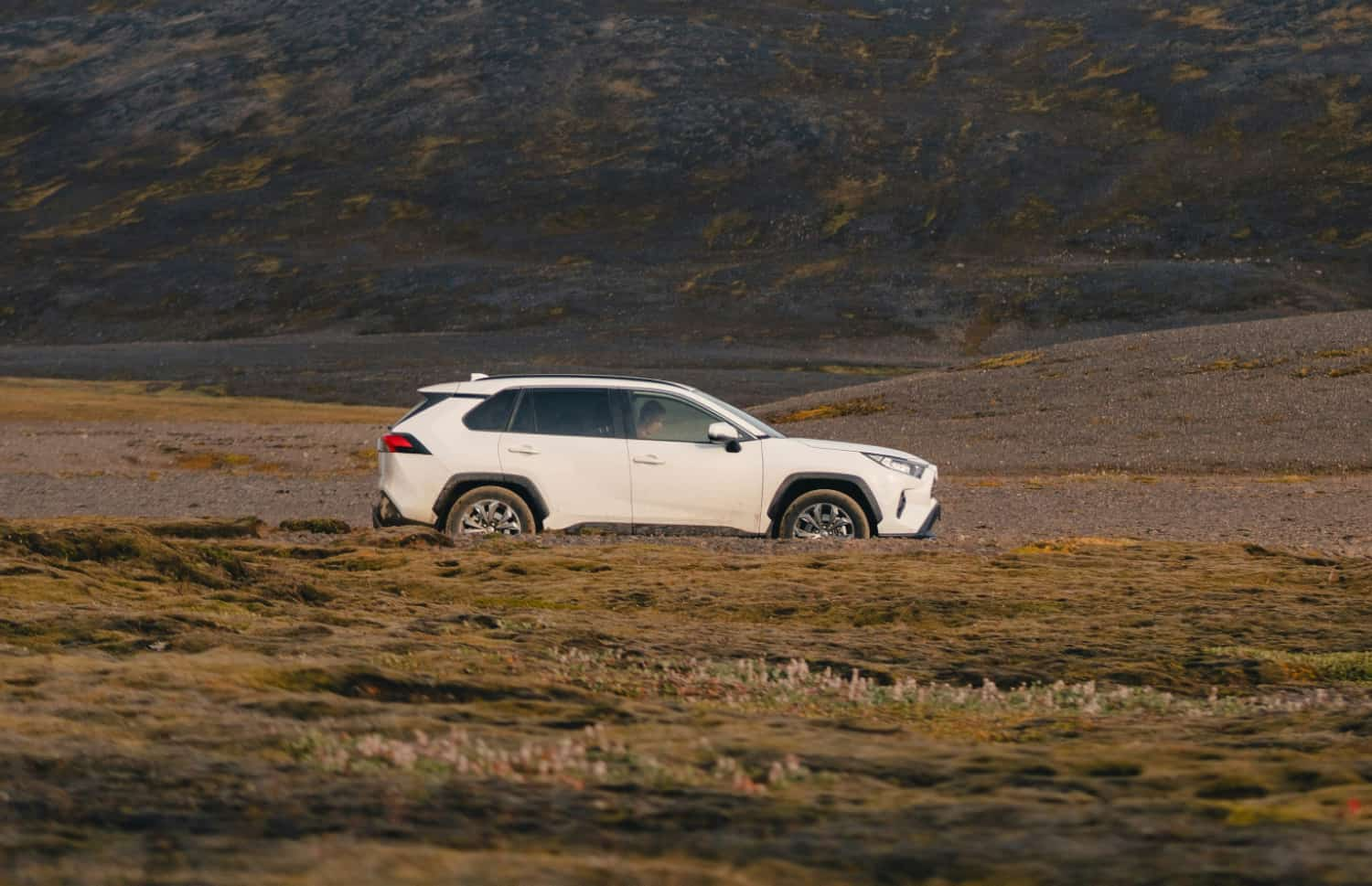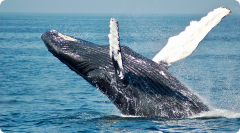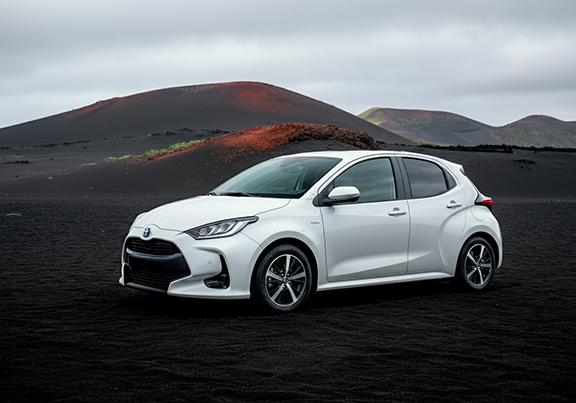Hrafnabjargafoss is the waterfall equivalent of Sam Skarsgard; while still very impressive, he is not nearly as famous as his celebrity siblings. Although we have to concede that the name Hrafnabjargafoss, pronounced Rab-na-byar-ga-foss, is definitely much more challenging to say than Sam.
That being said, this beautiful waterfall is highly underrated and often sadly overlooked. This article wants to enlighten future visitors to the island, reveal what makes Hrafnabjargafoss so special, and explain why the entire trio deserves to be part of an Iceland trip itinerary. Read on to find out more.
Where Hrafnabjargafoss Waterfall is Located in Iceland
You will find Hrafnabjargafoss in Svartarkot in the Highlands in North-east Iceland. As if the waterfall itself wasn’t already impressive, you’ll find it cascading off the cliff edge of Badardalshraun, a 9000-year-old lava field. This lava field is nothing to scoff at as it extends all the way to Pingey Island.
If you’re looking for a base to jumpstart your Hrafnabjargafoss adventure from, the nearest big city is Akureyri (referred to as the capital city of the north). While the city is only a 1.5-hour drive from Hrafnabjargafoss, making it possible as a day outing, most add it as a stop along their road trip of the Diamond Circle route, which Akureyri also falls part of.
Hrafnabjargafoss: A Short Overview of This Short Waterfall
Hrafnabjargafoss is considered one of our shortest waterfalls here in Iceland if you compare its 5 meters against other waterfalls of 60+ meters. But it certainly makes for an interesting sight. This waterfall is 17 meters wide and is shaped like a horseshoe. Even though it’s recognized as one waterfall, it can easily pass as a collection of waterfalls.
First, a big boulder practically splits the waterfall in half. Secondly, the western half looks just like you’d expect a waterfall to look as it rushes over the cliff. But the eastern half looks more like a collection of smaller waterfalls as the rocky outcrops of the lava field break up the water’s flow. Of course, this effect is only clearly visible when the volume of water tumbling down is not that much or as powerful.
In the case of Hrafnabjargafoss, it is not just the siblings who are famous here on the island; the trio boasts an even more renowned lineage. Hrafnabjargafoss and its siblings share their “humble” beginnings in Vatnajökull, the largest glacier in Europe. The glacier’s meltwater, combined with local spring water, accumulates into what is known as Iceland’s 4th-longest river, Skjalfandafljot.
Skjalfandafljot is where the entire famous trio of waterfalls are found and is also the source of the water flowing over their cliff edges. All three waterfalls, found in the span of just over 43 kilometers along Skjalfandafljot, are found in the following downstream order: Godafoss, Aldeyjarfoss, and Hrafnabjargafoss (hence why the latter as the “last born” is often easily overlooked).
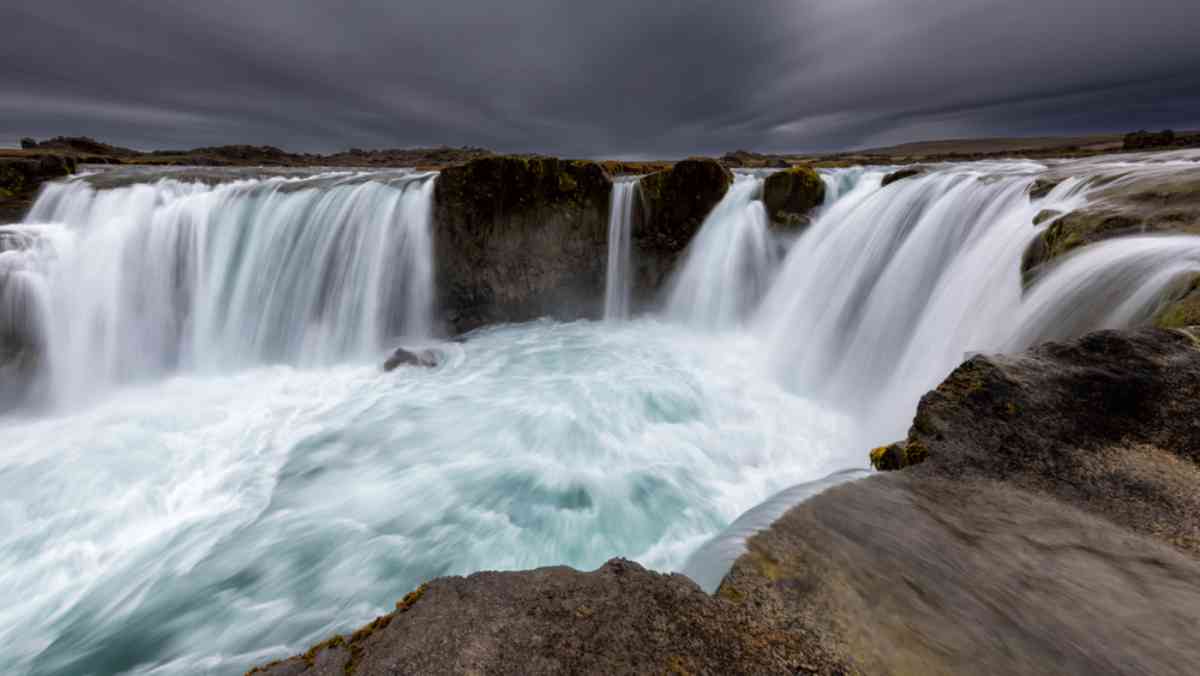
Visiting Hrafnabjargafoss in Iceland
Below, you will find all the important information required to plan your visit to Hrafnabjargafoss:
How to Reach Hrafnabjargafoss
If you’re looking for a guided tour of Hrafnabjargafoss, you will struggle. Unless you make arrangements for a customized private tour, the closest you will get is a combination tour of all three waterfalls or a multi-day Diamond Circle tour. That being said, we’ve always been fans of being the captain of your own Iceland expedition.
Hence why we recommend renting a car in Iceland and either visiting Hrafnabjargafoss as a day outing from Akureyri or, even better, as part of a Diamond Circle road trip. Just be aware that you will encounter F-roads on your travels here in the north, including to Hrafnabjargafoss, so we highly recommend you rent a 4x4 vehicle right from the get-go.
You will also need to plan your trip properly since Hrafnabjargafoss will only be accessible at certain times of the year (but more on that later). The following is how you drive to Hrafnabjargafoss from Akureyri:
- Head south on the Ring Road (Route 1) towards Godafoss.
- Take Route 842 till you turn onto F26.
- Continue on the F26 till you reach Hrafnabjargafoss.
How Much Time You’ll Need at Hrafnabjargafoss
We suggest allocating at least an hour in your trip itinerary towards your visit to Hrafnabjargafoss. For those who get a bit trigger-happy with the camera, you may even increase the time to 1.5 hours.
Entrance Fees at Hrafnabjargafoss
You’ll be glad to hear that there are no entry fees to visit Hrafnabjargafoss. Even the parking at Hrafnabjargafoss is free (a courtesy that is slowly disappearing all over Iceland).
When to Visit Hrafnabjargafoss
As we touched on earlier, visiting Hrafnabjargafoss will require some planning and consideration due to its location. Keep the following in mind when planning your trip:
The Annual Closure of the F-roads
As mentioned, a visit to Hrafnabjargafoss (and many other parts of the Highlands, for that matter) will require traveling on F-roads. The F-roads in Iceland are unpaved roads that can range from slightly challenging to a full-blown, blood-pumping 4x4 adventure.
It’s because of these road conditions, especially when combined with the weather conditions of the colder months, the F-roads are closed for certain parts of the year. The only time that ALL the F-roads are guaranteed to be open is between late June and late August, although a few other F-roads can open or close a few weeks earlier or later. For real-time updates, please visit the Icelandic Road and Coastal Administration’s Website.
The Challenging Weather Conditions During the Colder Months
North Iceland is known for being colder and having much harsher weather elements than the rest of the country. You’ll also find that winter comes much quicker to North Iceland. Needless to say, the weather brings its fair share of challenges:
- Road conditions can become pretty tricky to navigate, with things such as ice, snow, and extreme winds to contend with.
- The weather can actually lead to sudden closures of roads as well as attractions (which can really mess with a carefully thought-out trip itinerary).
- The colder temperatures and extreme weather elements are not conducive to visiting outdoor attractions or participating in outdoor activities.
The Summer Season Has a Lot of Perks
Many prefer exploring the north during the summer season (June to August). There are many reasons why:
- Temperatures are at their highest during this time.
- You don’t need to worry about extreme weather conditions such as blizzards or gale-force winds that threaten to take over the steering of your car.
- You’ll have plenty of daylight hours to do as much outdoor adventuring as possible. Mid-summer, you can actually look forward to 22+ hours every day.
The Summer Season’s Drawbacks
As with most things in life, there are both pros and cons, and our summer season is no exception. Since most prefer visiting and exploring Iceland (especially the northern regions) during the summertime, it is considered peak season here on the island. This not only means an increase in foot traffic but also prices. This will influence everything about your trip, including your experiences at our famous sites and your budget.
That’s why many then opt for one of the shoulder months (May or September) when you don’t need to deal with so many peak season crowds or peak season prices. Mind you, you will have to take the opening and closing of the F-roads into careful consideration if you decide on visiting during a shoulder month. This might require a bit more planning on your part.
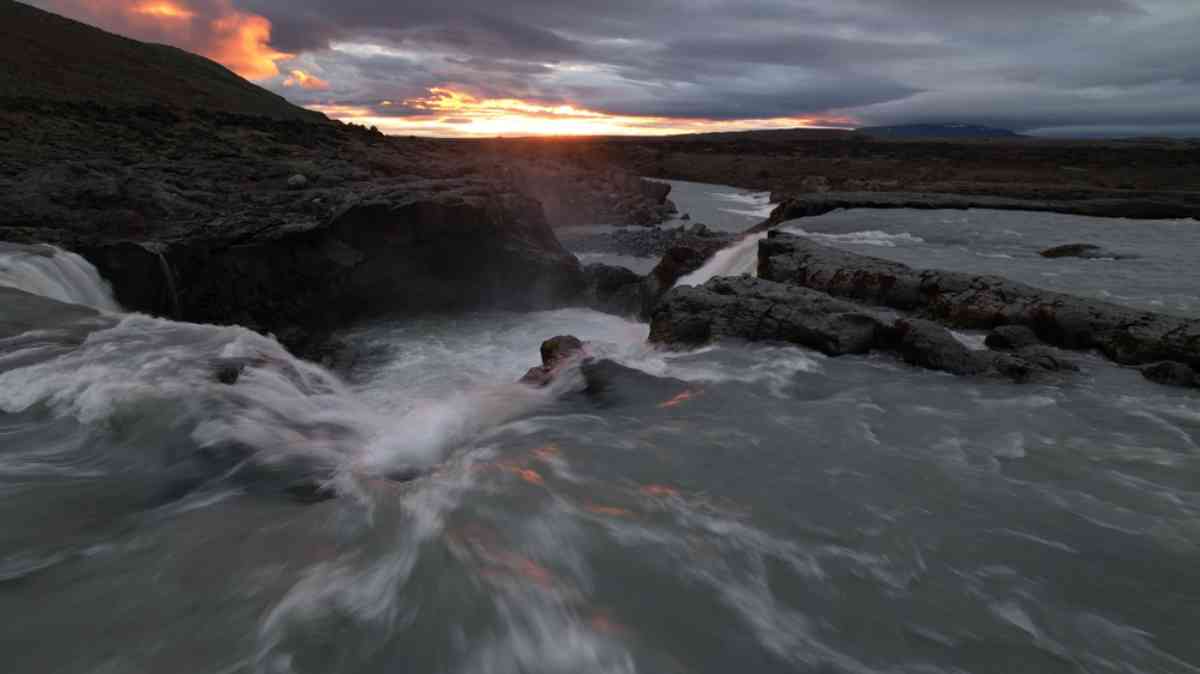
Other Interesting Things to See and Do around Hrafnabjargafoss
There are a few other interesting things to see and do around Hrafnabjargafoss that don’t include its famous siblings. These are:
- Fishing in the Laxa River
- The Skutustadagigar Pseudocraters
- Sigurdeir’s Bird Museum
- The Dimmuborgir Rock Formations
Places to Stay Near Hrafnabjargafoss
If you’re thinking of making Hrafnabjargafoss one of your pitstops along a road trip, the following will get you fairly close to the waterfall (this is if you’re not already staying in Akureyri, of course):
Honorable Camping Mentions
Those who would like to combine their road trip with a camping trip will have to prepare for a bit of a journey. While the following campsites come highly recommended, they are both at least a 1.5-hour drive from Hrafnabjargafoss:
Some Helpful Tips for Visiting Hrafnabjargafoss
We’ve compiled the following tips and advice for those planning on visiting Hrafnabjargafoss for the first time. But many of these tips that are not so Hrafnabjargafoss-and-location-specific are also pretty helpful when visiting any of our other waterfalls here in Iceland:
- The Highlands is one of the most remote regions in Iceland. This means absolutely breathtaking views as you immerse yourself in the most unspoilt parts of the country. But it could also mean some technological troubleshooting, such as mountains blocking WiFi signals, intermittent phone signals, etc. To ensure you stay one step ahead of any potential problems, we advise you to let others in on your planned route and trip itinerary and keep a few printed and downloaded maps with you.
- Also, speak to your rental agent about your planned routes and trip itinerary. That’s because, as locals, they will have insights into the area and road conditions that you won’t. Chatting with them will ensure you rent the right 4x4 for your journey and also have sufficient rental car insurance.
- Whenever you’re planning on traveling in more remote areas of the island and our infamous F-roads, we highly recommend you take some extra water and snacks with you. This is just so that, if the unexpected should happen, you won’t run out of food or water till the rescue team arrives (as you can imagine, in these remote regions and roads, this could take a while).
- You need to be prepared for any/all weather conditions here in Iceland. And while you’ll definitely not have to deal with a blizzard in the middle of summer, the saying “you can experience all four seasons in a day in Iceland” still rings true. That means a sunny day with clear skies can turn into a chilly, overcast day, then back to a sunny day again, only to end with rain. To mitigate this, we suggest always wearing layers before heading out. That way, you can always take something off or put something on depending on what the weather looks like.
- In an attempt to mitigate the above-mentioned weather conundrum as well as to stay ahead of any unforeseen circumstances leading to challenging road conditions or sudden road closures, we highly recommend that you keep a watchful eye on both the Icelandic Road Conditions as well as the Icelandic Weather Forecast.
- Always keep a raincoat nearby. This is not just because of the unpredictable weather but also to keep you nice and dry at the waterfalls. The waterfalls in Iceland are incredibly powerful, and they conjure up large volumes of mist and spray that will get you pretty wet on a good day. If the wind should ever change and not be in your favor, you could end up absolutely drenched if you don’t have the right waterproof gear with you.
- For this reason, you’ll also need proper waterproof hiking boots with good grip. Not just to stay dry from the mist and spray, but also from the wet and muddy trails and to avoid any slips or falls.
- Please don’t DIY your own trails or walkways to the falls. For the sake of your own safety, we wouldn’t recommend it. But we also don’t want any harm caused or damage done to our vulnerable ecosystem. For example, Iceland boasts a rare type of moss that can literally take up to a decade to heal itself from any damage (and that’s only if it manages to heal itself at all).
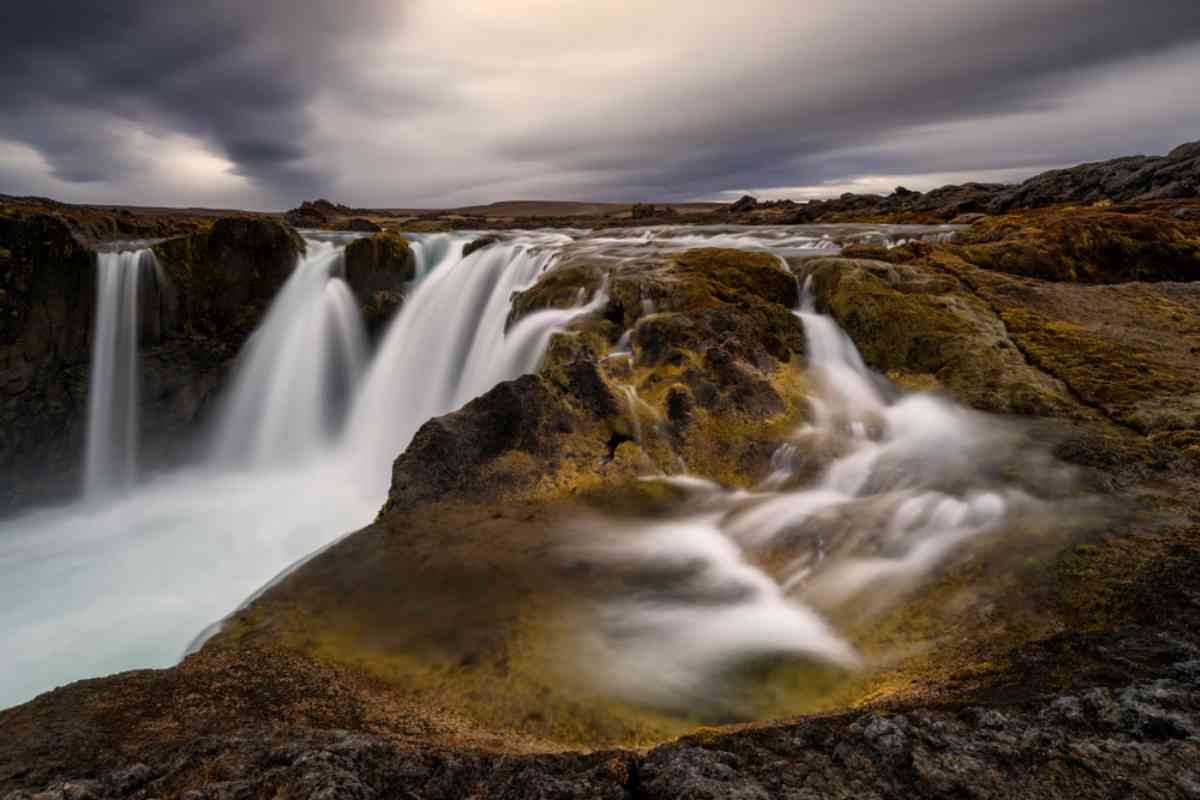
Time to Pay Tribute to the Lesser-known of the Trio
Now that you’ve learned all about what makes Hrafnabjargafoss so interesting and that it sits so close to the rest of its Diamond Circle star siblings, there really is no excuse not to stop as this natural wonder. Be sure to chat to your rental agent, so you can rent the right car for your adventure in Iceland, and then head on your Diamond Circle road trip in search of Hrafnabjargafoss, a remarkable, yet seemingly hidden gem here in the north of Iceland.





